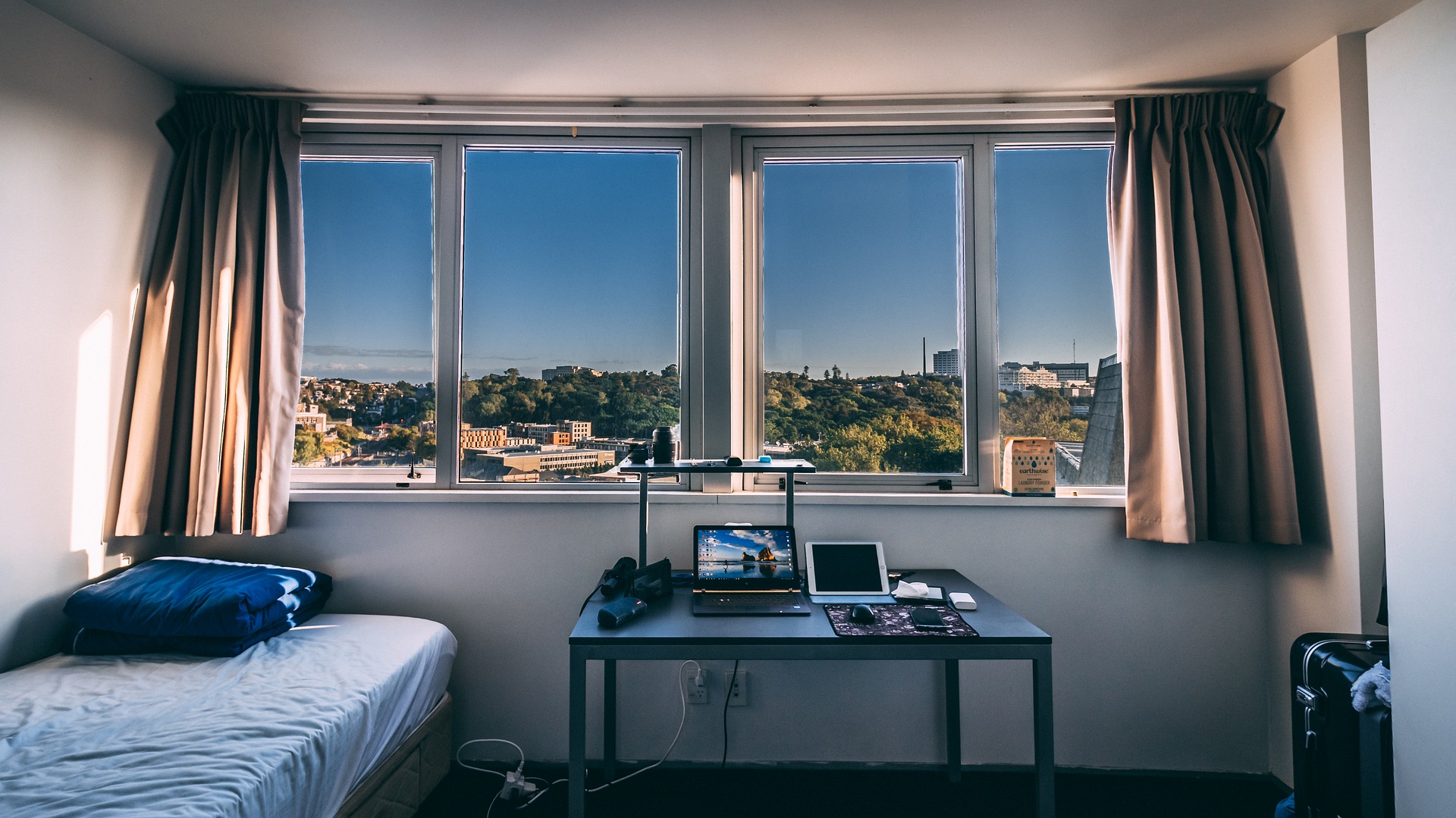The phrase “fast fashion” has always been synonymous with cheap fashion yet, recently, these words have also been adopting an association with low quality material, exploited child labor and the detrimental environmental waste created by stores like H&M and Forever 21. When we think about fast fashion, we usually think about tank tops, falling apart rubber flip flops, landfills steaming with discarded garments. We don’t normally think of dorm rooms.
The past few months have seen the ever expanding sustainability movement moving through social media with exponential growth, first landing on the dangers of plastic straws, then discussing the benefits of veganism and, lately, drawing attention to the levels of pollution and waste generated by unnecessary consumption from brands that don’t have the planet in mind.
While environmental awareness on social media and beyond is nothing if not positive, it, like many movements, tends towards aspects of mob mentality. It becomes socially acceptable to throw out a Starbucks cup as long as you brought your own metal straw. The effects of driving and plane travel remain largely undiscussed, while the discussion of plastic in the ocean becomes increasingly publicized. To buy clothes cheap and new is to disregard the planet, and yet to decorate a dorm, something done every year by hundreds of thousands of students, Amazon remains the go-to, and thrifting remains relatively unpopular.
A 2017 article states that Americans spend 83.6 billion dollars on school supplies per year, and this number is staggering in both cost per person, and in the energy levels it takes to produce 83.6 billion dollars of consumer goods. It takes 2000 gallons of water to create a pair of blue jeans and while the term “fast fashion” is typically applied simply to clothing, the environmental impact of cheaply made cloth remains the same, whether or not it is used to produce a tank top or a throw pillow.
The dyes in your colorful tapestry contribute to air pollution as much as the dye in your bikini, and both items were likely made through sweatshop labor. However, despite these realities, thrifting jeans has become popularized as both trendy and socially responsible, whereas thrifting for your dorm is more of an oddity that is still likely to give some students pause.
I would agree that you might want to buy your sheets new, although eco-friendly bedding options are out there, so it is easy to avoid fast fashion on this front as well. However, a dorm room is, in the essence, a home, and something becomes a home when it is well lived in and well loved. Secondhand items come with the unique quality of being one of a kind and yours’ alone. This contributes to making a dorm space feel like your space far more than arriving on move in day and realizing you and your roommate bought the same Urban Outfitters lamp. To decorate a dorm secondhand not only frees up a budget that, for most, will be very tight at standard stores, but also allows for freedom of creativity and self expression that is inhibited within a pre-designed spring collection.
Shopping for dorm decor secondhand doesn’t just have to be limited to thrift shops, though they are a good place to start. My favorite item I’ve found while dorm shopping was a $12 vintage Vogue cover that was tucked behind an aisle of old jean jackets in a thrift shop in a suburb of Boston. It is the unexpected and original quality of this cover that makes it so special to me. This cover is not just a purchase wrapped in plastic that I ordered online for too much money, but instead reminds me of the small reward of finding a unique hidden gem.
From the moment I bought it, it carried a memory that I could bring with me into my new home. Some of my craftier friends used a thrift shop that sold clothing by the pound to buy large colorful jackets and cut them into tapestries and pillow cases. The material and money saved by this project was beneficial for the ecosystem and for the wallets involved, yet this saving did not manifest in anyone sacrificing their dream pillow in order to save the planet and save a little money. Instead, the homemade tapestries brought life and character into a room that, let’s be honest, pre-decorating, would’ve looked identical to every other dorm in the country.
Still, for those who aren’t artistic or don’t have the best luck with thrift shops or simply feel odd bringing someone else’s old objects into their space, there are other options for secondhand dorm shopping. For many, college dorm life is the first time you will get a clean slate on decorating a space of your own entirely from scratch, and while this prospect is exciting, it also can be slightly daunting. Taking and adapting items from your home can be a way to, similarly to thrifting, save money, reuse materials and transform a new space into a cozy home as quickly as possible. Rather than purchasing a flower vase online, rinse glass jam jars out and fill them with water and flowers yourself. Rather than waste limited storage space, allow your prettier perfumes and candles to double as decor, and place them on display. Small dorms clutter easily, and through featuring some of your pre-college favorite items, you avoid overcrowding, overspending and over-consuming.
You don’t have to go full vintage on a college dorm room, but you don’t have to deck every inch of wall space with mass-produced tapestries either. Sometimes the best finds are the ones hidden in the corner of thrifts stores, or even the items you already own.
















